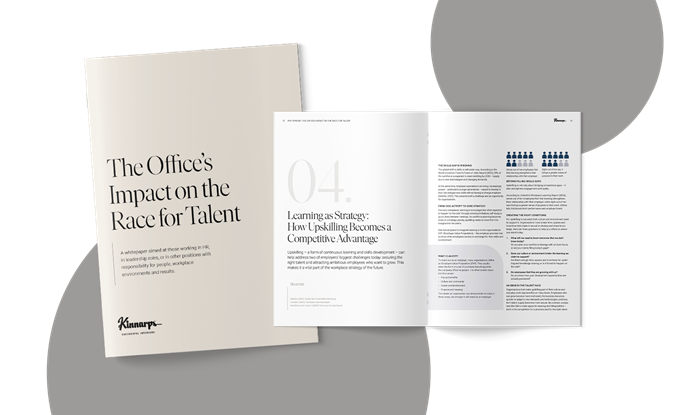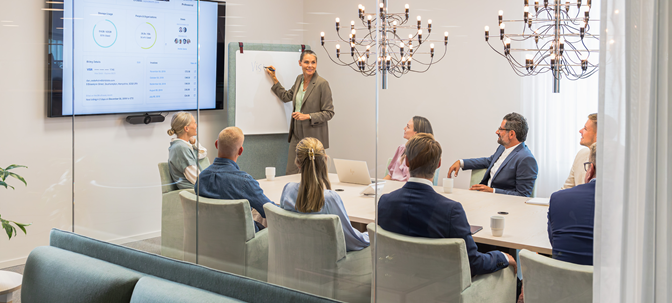Five Generations at Work: Turning Friction into Potential
What separates – and unites – the generations?
The tension between generations rarely stems from values. More often, it’s about how we work.
- Gen Z, Gen Alpha and younger Millennials have grown up with fast-moving digital flows and constant access to technology. They expect flexibility, a clear sense of purpose and the ability to influence their work.
- Older Millennials, Gen X and Baby Boomers, on the other hand, have often had a different career path – shaped by clearer hierarchies, fixed hours and more structured processes.
It’s easy to see how these contrasting experiences can create friction: in everyday communication, meeting culture or onboarding. Misunderstandings can occur, collaboration can falter, and valuable tacit knowledge may get lost.
But despite the differences, there’s plenty that unites. Both younger and older employees, for example, rate “meaningfulness” and “good colleagues” higher than salary when choosing an employer (McKinsey, 2023). The goals are the same – the paths just look different.
Making age diversity a strength
There is much to gain from building bridges between generations. Research shows that age-diverse teams are more innovative. To unlock this potential, however, organisations need to foster a kind of “generational intelligence” – encouraging employees to make the effort to understand one another despite their differences (PwC, 2024).
One proven method is reverse mentoring (World Economic Forum, 2020), where younger and older colleagues are paired to learn from each other. Younger employees often bring digital skills, fresh perspectives and new tools, while their older peers contribute with experience, context and long-term insights.
To get the most out of generational diversity, it also needs to be embedded into the hybrid work strategy. Interestingly, younger Gen Z employees (18–24 years) spend the most time in the office (McKinsey, 2025). Much of this is because they are early in their careers, seeking to expand their networks and receive guidance – something they can only get if their more experienced colleagues are physically present as well.


The role of the physical environment
The workplace itself is a crucial tool for creating an environment where employees of all ages can thrive. It needs to support different needs and working styles – for example, through flexible interiors that can be adapted to the individual.
Clear workplace guidelines are equally important, covering areas such as meeting culture, communication and how the physical environment is used. This ensures everyone has the same conditions to perform at their best, while the potential of cultural and generational differences can be fully realised.

Curious about how the office can strengthen your employer brand?
In the white paper The Office's Impact on the Race for Talent you’ll find more insights and practical actions to promote wellbeing, boost engagement and drive results.
Sources
McKinsey. (2023). Debunking age stereotypes in the workplace
McKinsey. (2025). The shift to hybrid and flexible work in real estate
PWC. (2024). The value of age-diversity
World Economic Forum. (2020). Why we need different generations in the workplace


